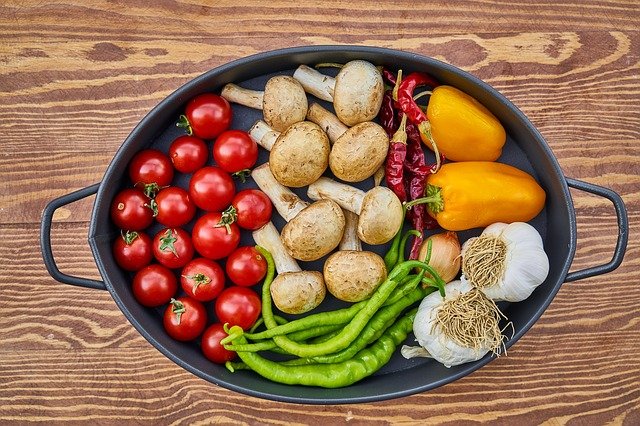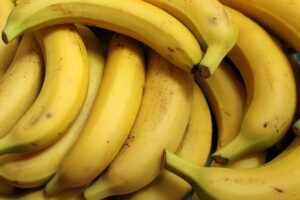Introduction
Protein synthesis is a fundamental process in all living organisms, where proteins are produced from the information encoded in DNA. This intricate process involves the collaboration of various organelles within the cell. In this article, we will explore the list of organelles that play a crucial role in protein synthesis.
Nucleus
The nucleus is often referred to as the control center of the cell. It houses the DNA, which contains the instructions for protein synthesis. Within the nucleus, the DNA is transcribed into messenger RNA (mRNA) in a process called transcription. This mRNA carries the genetic information to the cytoplasm, where protein synthesis takes place.
Ribosomes
Ribosomes are the cellular machinery responsible for protein synthesis. They can be found either free in the cytoplasm or attached to the endoplasmic reticulum (ER). Ribosomes consist of two subunits, a large and a small subunit, that work together to translate the mRNA into a protein. They read the genetic code carried by the mRNA and assemble amino acids in the correct order to form a polypeptide chain, which eventually folds into a functional protein.
Endoplasmic Reticulum (ER)
The endoplasmic reticulum is a network of membrane-bound sacs and tubules that are interconnected throughout the cytoplasm. It plays a vital role in protein synthesis, particularly in the production of proteins destined for secretion or insertion into the cell membrane. The rough endoplasmic reticulum (RER) is studded with ribosomes, where protein synthesis occurs directly into the ER lumen. The smooth endoplasmic reticulum (SER) is involved in lipid synthesis and detoxification processes but is not directly involved in protein synthesis.
Golgi Apparatus
The Golgi apparatus is a stack of flattened membranous sacs that receive proteins synthesized in the ER. It modifies, sorts, and packages these proteins for transport to their final destinations. The Golgi apparatus adds various molecular tags to the proteins, such as carbohydrates, lipids, or phosphate groups, to determine their specific functions and destinations. It plays a crucial role in the quality control of proteins before they are transported to their intended locations.
Mitochondria
While mitochondria are primarily known as the powerhouse of the cell, responsible for generating energy through cellular respiration, they also play a role in protein synthesis. Mitochondria have their own DNA and ribosomes, allowing them to produce some of their own proteins. These proteins are essential for the proper functioning of mitochondria and are involved in various metabolic processes.
Conclusion
Protein synthesis is a complex process that involves the collaboration of multiple organelles within the cell. The nucleus transcribes DNA into mRNA, which is then translated by ribosomes into proteins. The endoplasmic reticulum, Golgi apparatus, and mitochondria all contribute to the production, modification, and transport of proteins to their final destinations. Understanding the role of these organelles is crucial for comprehending the intricacies of protein synthesis in living organisms.
References
– Alberts, B., Johnson, A., Lewis, J., Raff, M., Roberts, K., & Walter, P. (2002). Molecular Biology of the Cell. Garland Science.
– Lodish, H., Berk, A., Zipursky, S. L., Matsudaira, P., Baltimore, D., & Darnell, J. (2000). Molecular Cell Biology. W. H. Freeman and Company.











